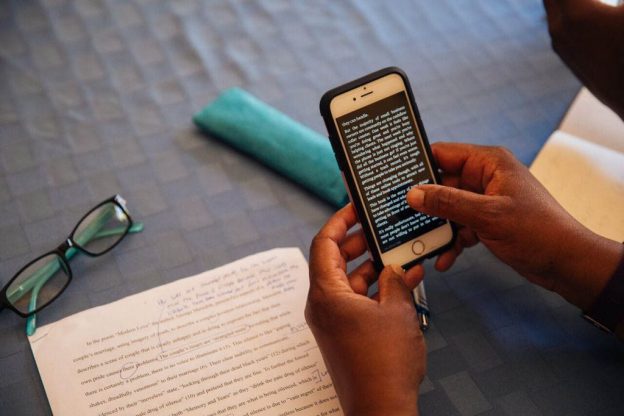By Matt Poland, educational specialist
There’s little doubt that both learning and work require a high degree of technology use. As schooling continues to move online in response to COVID-19, students are expected to be able to access, process, manipulate, and interpret digital content. This has brought to light a significant skill that separates successful learners from those who struggle: digital fluency. Digital fluency is a step above “digital literacy.” Learners now need to know much more than just the basics of navigating the internet, writing an email, and making their way around common productivity applications like spreadsheets. Digital fluency includes skills such as using technology tools for collaboration, marshaling online resources to solve a problem, and evaluating the accuracy of a source.
Despite the “whiz-kid” reputation of Generation Z, an alarming number of high school students lack the appropriate level of digital fluency. This set of skills is part of a larger group of key work and learning aptitudes called 21st Century Skills. A lack of digital fluency can harm students’ futures as they progress into college and careers where these skills are necessary.
Students and teachers can use Internet Archive as a collaborative tool for sharing books and digital content across remote teams or classrooms, removing the physical barriers of access to books and collaborators.
Fortunately, having students complete assignments with the aid of the Internet Archive’s digital library can help build digital fluency. Students and teachers can use Internet Archive as a collaborative tool for sharing books and digital content across remote teams or classrooms, removing the physical barriers of access to books and collaborators. They can use digital libraries like Internet Archive to conduct research for assignments, with access to 20th-century texts that aren’t available from other sources. Finally, they can cross-reference sources to evaluate the accuracy of material they may find elsewhere on the internet.
Other features of Internet Archive’s digital library promote digital fluency for students as well. For example, the site includes advanced search and sorting features that are commonly used on research websites. It is critical for students to understand how to use the right keywords to find what they need, as well as how to find the most recent (or oldest) material, particular authors or publications, etc. On Internet Archive, this can be done from the advanced search options in the left toolbar. Sorting by the number of views, title, date published or the creator is available by clicking the appropriate header at the top of the search results. Even when you have the material you are looking for, you need to know how to find the specific content within it. You can do this at Internet Archive by using the search box in the upper right corner when a particular book is open on the screen.
Nearly a quarter of the way into the 21st century, learning is changing rapidly and digital fluency is becoming increasingly important for students. Tools such as Internet Archive’s digital library can help students develop these skills through activities like team collaboration, online research, and verifying sources. With multiple features that support learning in the classroom or remotely, teachers and students should consider Internet Archive a valuable resource for their work and learning.
Matt Poland is founder of MAP Consulting, an educational consulting firm specializing in workforce development.

Very well said Digital Fluency is Key to Learning
In my opinion, this plan is excellent and practical. I hope it will be implemented successfully
The world is changing rapidly and your article should be taken very seriously
I support your position.